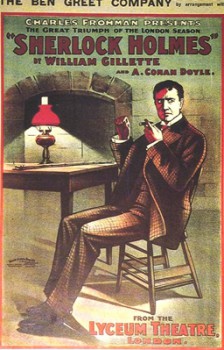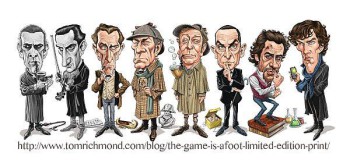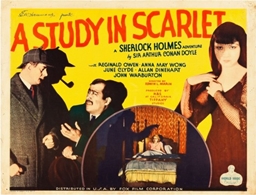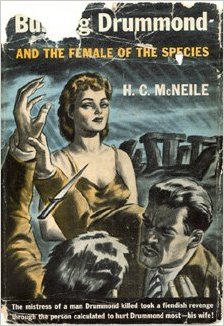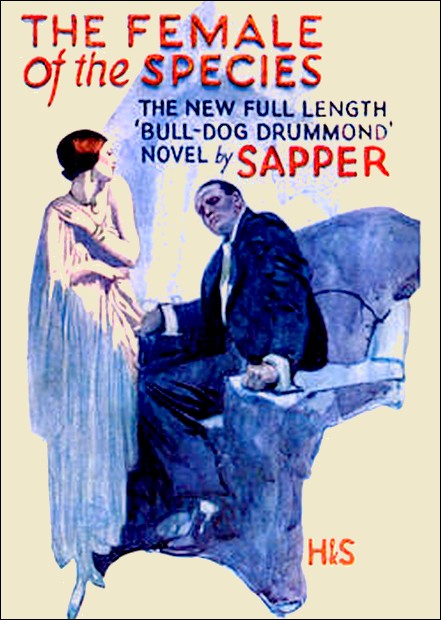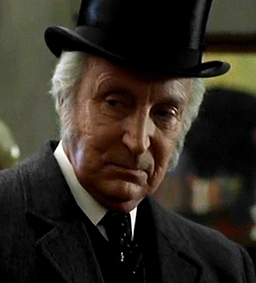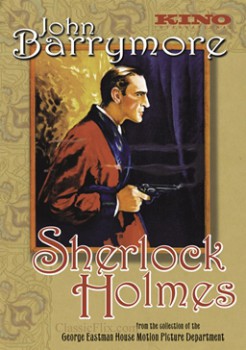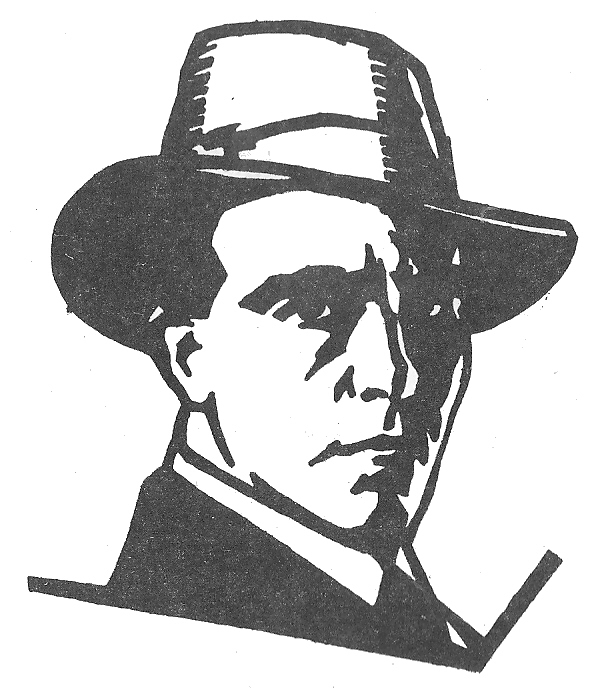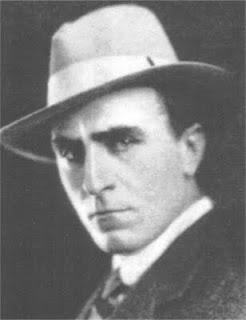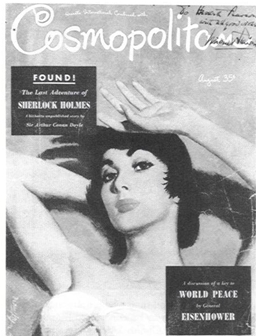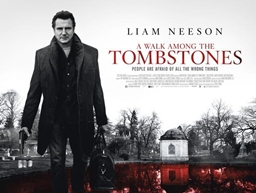The Public Life of Sherlock Holmes: Michael Stone’s Streeter
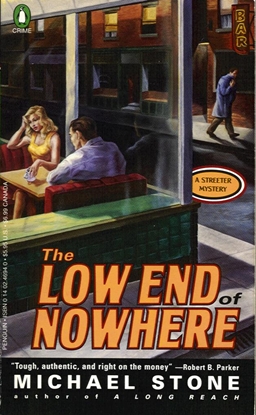 Just after I moved to Colorado Springs, a Denver private investigator named Michael Stone released his first book about Streeter, a bounty hunter in the Mile High City. The Low End of Nowhere had a very cool cover by Owen Smith, who would provide three more for A Long Reach, Token of Remorse, and Totally Dead.
Just after I moved to Colorado Springs, a Denver private investigator named Michael Stone released his first book about Streeter, a bounty hunter in the Mile High City. The Low End of Nowhere had a very cool cover by Owen Smith, who would provide three more for A Long Reach, Token of Remorse, and Totally Dead.
Then, nothing: After four very good novels, Stone simply quit writing. It was as if he’d suddenly passed away. Over the years, I tried to find some news of him on the web but came up empty. He just seemed to lose interest in being a writer in 1999.
That’s a shame, because the Streeter books are quite good. They are very much in the style of the old pulpsters, but with a light touch. Stone clearly appreciated those who had gone before him, like Hammett and Nebel. But his character was no Mike Hammer or Race Williams. There’s finesse in the writing that reminds me of Joe Gores and his DKA novels.
Steeter (we never learn any other name) is physically imposing, having played football at a small division one school for two years before a fight with tragic consequences derailed that life plan. He was working as a bouncer and an accountant (how many of those have you read about?) when he ended up getting a job as a bounty hunter.
He lifts weights daily, fighting a slowly losing battle against the aging process. He even buys some hair-restorer but promptly puts it in a bathroom drawer, afraid to use it. Streeter isn’t a superhero: he’s a guy who works hard at working hard.
